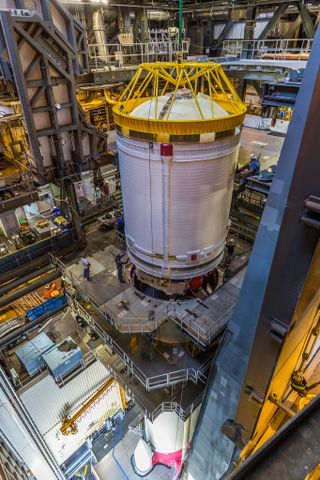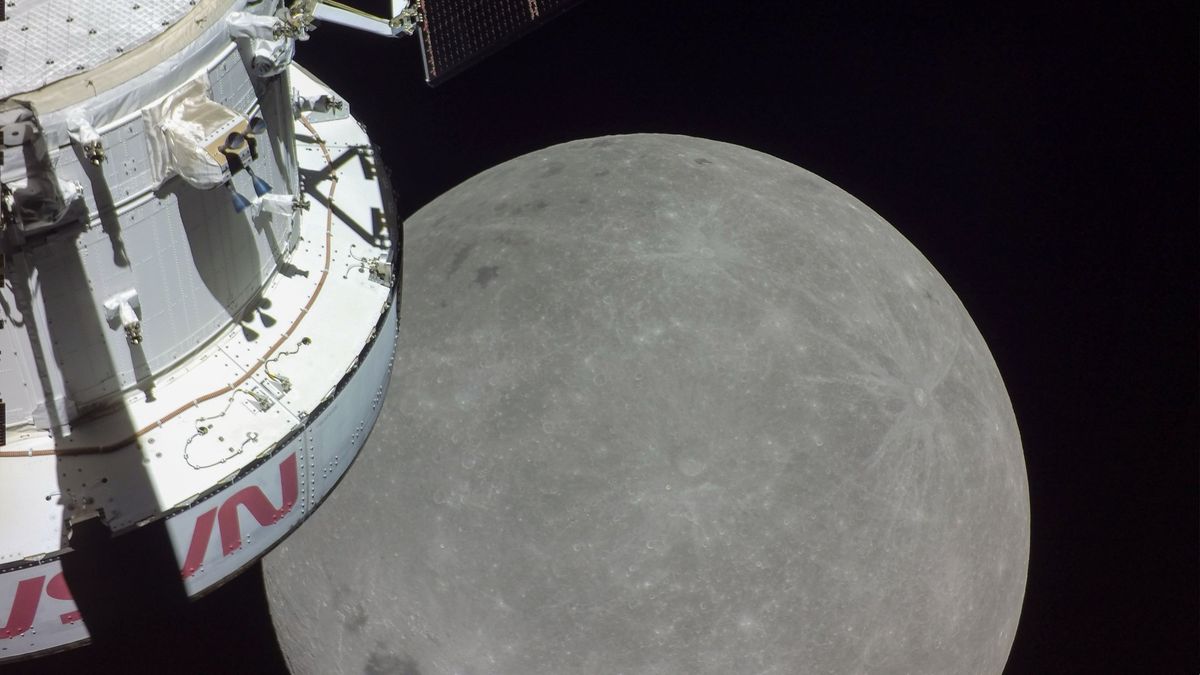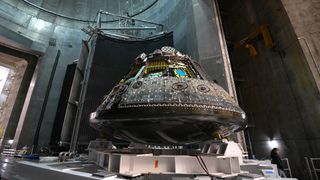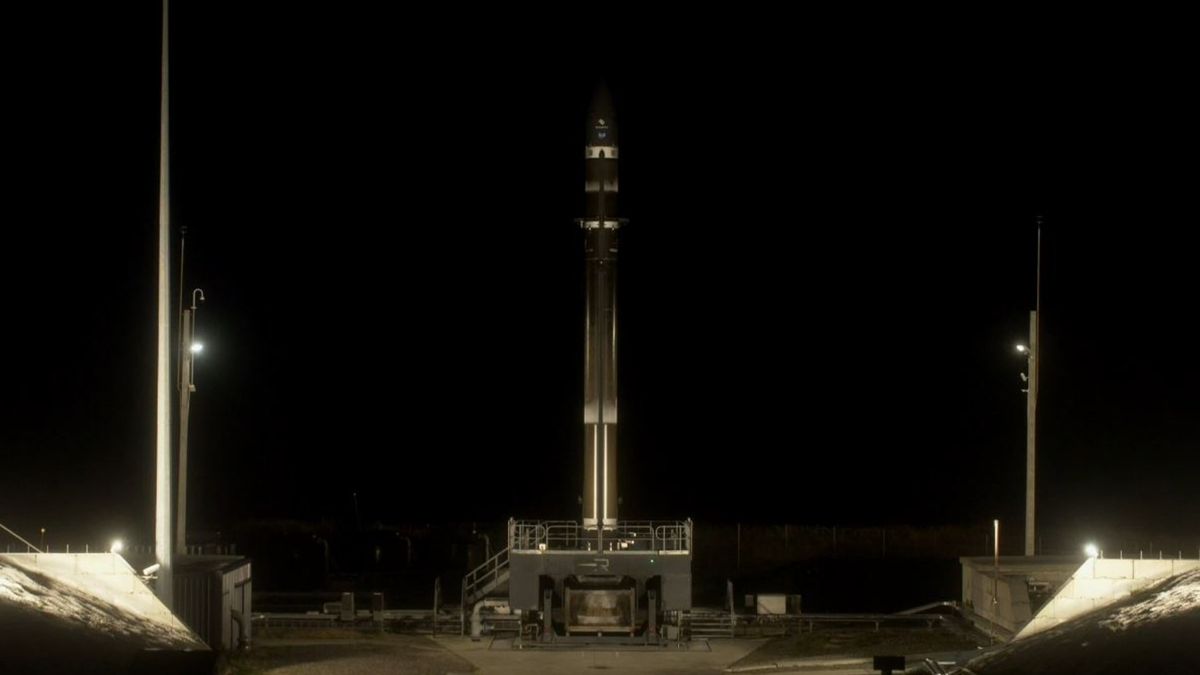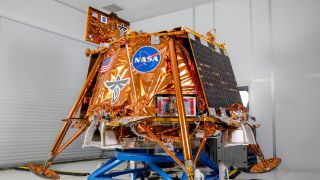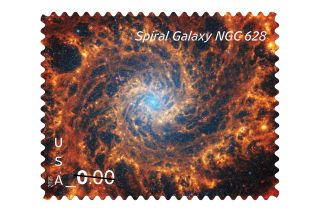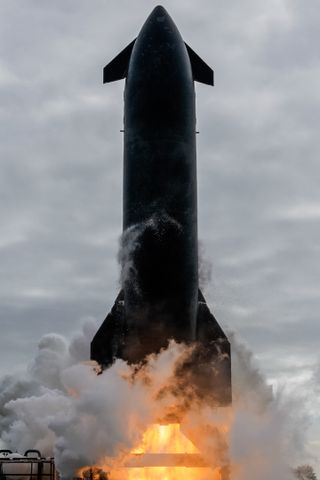United Launch Alliance (ULA) envisions its new, powerful Vulcan Centaur rocket as playing a key role in defending satellites from potential threats in space. Centaur, the upper stage of the Vulcan Centaur, is designed for orbit. During the recent Spacepower Conference in Orlando, Florida, ULA CEO Tory Bruno said that Centaur could be upgraded to function in a defensive capacity in orbit. If an adversary were to endanger U.S. Space Force assets, the Centaur could operate as a “space interceptor” that could act fast to provide defense. “What I’ve been…
Read MoreTag: Space Exploration
NASA delays Artemis missions again. What could this mean for the moon, Mars and space leadership?
NASA’s first two crewed Artemis moon missions have been pushed back to 2026 and 2027, respectively, and the move could have big ramifications for the agency’s Artemis program and competition with China for leadership in space. Artemis 2, which will send a crew of three Americans and a Canadian astronaut around the moon, was due to launch in September 2025. The mission has now been moved back to April 2026, NASA announced on Dec. 5. Artemis 3 — which is set to put humans on the surface of our nearest…
Read MoreSpace2Sea Antarctica: William Shatner, Neil deGrasse Tyson and NASA astronauts talk exploration and science from the Drake Passage
Space2Sea Antarctica marks the inaugural voyage in a series produced by FUTURE of SPACE (FoS). This innovative journey blends Earth’s uncharted territories with the inspiring narrative of human curiosity and exploration. It encapsulates the core mission of FoS to: Embrace New Frontiers, Celebrate the Human Experience, and Elevate the Conversation. Student journalist Gabe Castro-Root of American University is chronicling the mission for FoS. You can read his latest dispatch below. Astronauts, scientists and explorers gathered aboard an Antarctica-bound ship on Friday for a panel discussion aimed at inspiring young people’s…
Read MorePlanes, drones or UFOs: What are people seeing in the New Jersey sky?
The recent sightings of puzzling unidentified aircraft in New Jersey and other states have triggered yet another round of unanswered questions — and fueled conspiracy theories. For one, the odd objects have sparked a visual public mayday and melee — one that might be mirroring elements of the ongoing unidentified anomalous phenomenon (UAP) issue, spurring talk of secretive saucer crashes by run-amok alien crewmembers with expired driver licenses. Mischaracterization of what’s seen. Public anxiety about what’s not known. Government officials seemingly not clear on what’s happening. Toss in Capitol Hill…
Read MoreWatch NASA’s Artemis Orion moon spacecraft blow its top during testing (video)
An uncrewed Orion spacecraft successfully traveled thousands of miles beyond the moon and back, demonstrating its ability to one day transport astronauts to lunar orbit — but there are a few more tests the spacecraft has to ace before setting out on that cosmic feat. The Artemis 1 mission that launched on Nov. 16, 2022 saw NASA’s Orion spacecraft fly 1.4 million miles around the moon and back — the farthest a spacecraft built for humans has ever gone — and then execute a planned splash down in the Pacific…
Read MoreRocket Lab scrubs Strix radar satellite launch for Synspective over ‘sensor data’
The spaceflight company Rocket Lab called off a planned launch of half a dozen commercial satellites due to concerns over sensor readings on Friday (Dec. 20). Rocket Lab scrubbed what was to be its 16th Electron rocket flight of 2024 less than 20 minutes before planned liftoff at 10:03 a.m. EST (1503 GMT) from the company’s primary launch site on Mahia Peninsula in New Zealand. Fueling of the rocket had already begun at the time of the scrub. “We are standing down from today’s launch attempt for Synspective to take…
Read MoreSpaceX will launch Firefly Aerospace’s Blue Ghost lander to the moon in mid-January with these 10 NASA payloads
Firefly Aerospace’s first mission to the moon is nearly ready to fly. The company’s Blue Ghost lunar lander arrived at NASA’s Kennedy Space Center (KSC) in Florida on Monday (Dec. 16) for integration with the SpaceX Falcon 9 rocket that will launch the robotic probe — as well as the private Japanese moon lander Resilience — to space. Blue Ghost Mission 1, named Ghost Riders in the Sky, is scheduled to launch sometime within a six-day window that begins no earlier than mid-January. Firefly was chosen for the mission through…
Read MoreWebb mail: US Priority Mail stamps to again star deep space images in 2025
The universe of United States postage stamps featuring James Webb Space Telescope (JWST) imagery is set to expand again in 2025. The U.S. Postal Service (USPS) on Monday (Dec. 16) revealed that its upcoming Priority Mail and Priority Mail Express flat rate stamps will feature two deep space vistas captured by the Webb observatory. Scheduled for release on Jan. 21, the stamps will be the second set to use JWST photos after the pair issued this year. “USPS celebrates the continued exploration of deep space with an extremely high-definition image…
Read MoreWatch SpaceX Starship test fire engines ahead of flight 7 launch (video)
Things are getting hot for SpaceX’s next Starship launch. SpaceX fired up its next Starship spacecraft during an engine test over the weekend, ahead of the company’s 7th orbital test flight of the gargantuan megarocket. SpaceX ignited Starship’s Raptor engines for approximately 10 seconds on Sunday, Dec. 15, as a part of a series of checkouts to ensure the vehicle is healthy before being transported to the launchpad where it will be integrated with its first stage Super Heavy booster. Its next launch, Integrated Flight Test-7 (IFT-7), is expected around…
Read MoreSpaceX’s 31st Dragon cargo capsule departs ISS to head home to Earth
SpaceX’s 31st robotic cargo mission is headed back to Earth. SpaceX’s Dragon cargo capsule undocked from the International Space Station (ISS) on schedule today (Dec. 16) at 11:05 a.m. EST (1605 GMT) today (Dec. 16). The spacecraft will begin a series of deorbit burns to complete the company’s 31st commercial resupply services mission (CRS-31) for NASA, splashing down of the coast of Florida tomorrow (Dec. 17). The agency won’t webcast the splashdown but will provide updates via its ISS blog. CRS-31 is returning to Earth with thousands of pounds of…
Read More